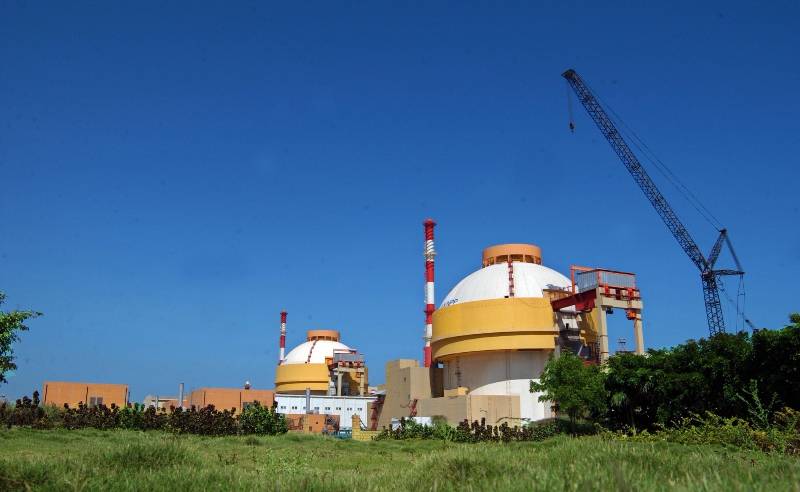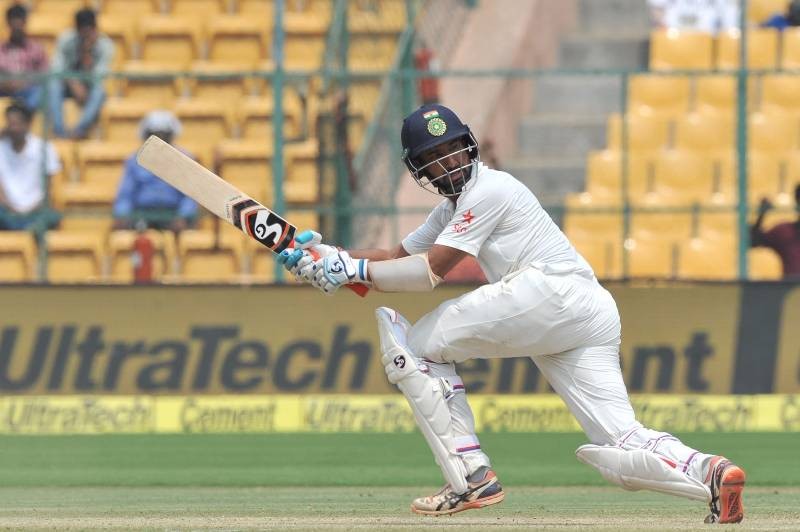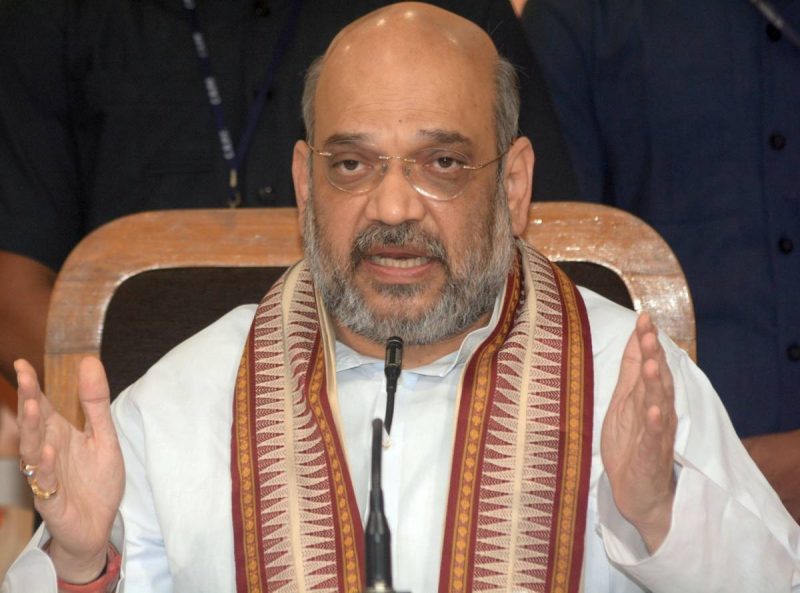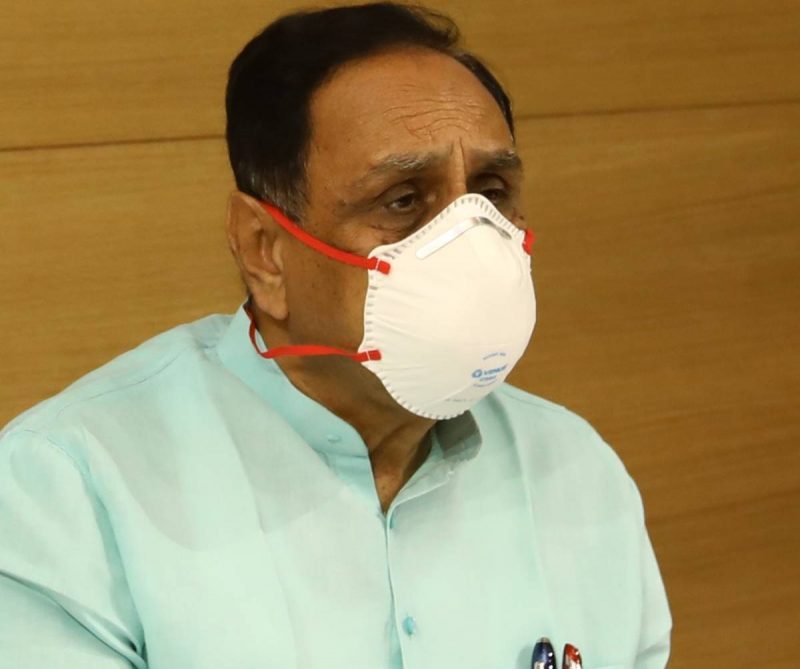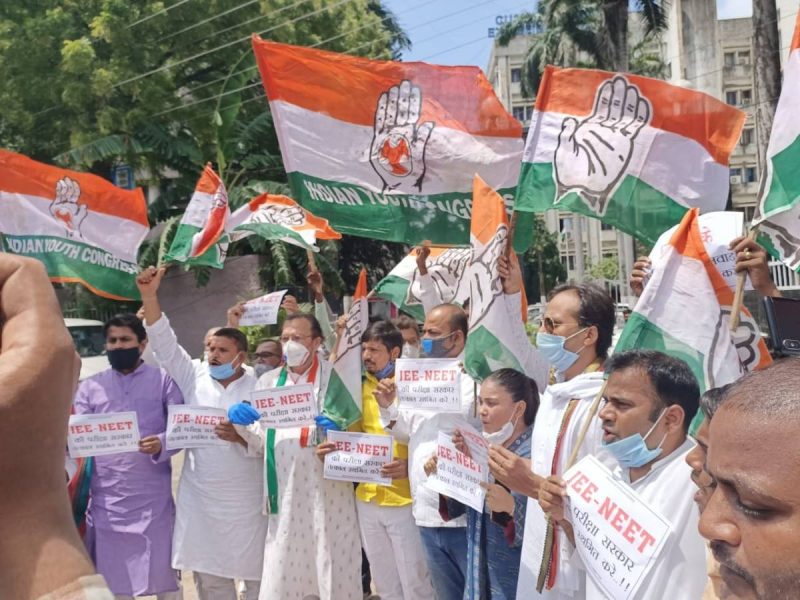Activists said parallels can be drawn between the ongoing protest by the people of Pudukottai district against a hydrocarbon project and the three-year-long agitation by the People’s Movement Against Nuclear Energy (PMANE) targeting the Kudankulam Nuclear Power Project (KNPP)…..writes Venkatachari Jagannathan

“The protest against KNPP is the mother of all protests against projects (that harm) the environment. The people’s protest against the hydrocarbon project may seem similar to the anti-KNPP agitation,” G. Sundarrajan of NGO Poovulagin Nanbargal said.
“While the protests may be similar in some sense, the status of the two projects cannot be compared. The KNPP was in advanced stage of completion when the protest started peaking. But in the case of hydrocarbon project, it has just been given permission by the central government. The work on the project is yet to begin,” Sundarrajan said.
According to Sundarrajan the central government can withdraw its permission for the hydrocarbon project at this stage, as it did in the case of the methane exploration project earlier planned at the Thanjavur region — the rice granary of South India.
“The one major difference between the two protests is that, all the major political parties in the state are in support of the anti-hydrocarbon protestors, barring the BJP,” M. Pushparayan, a senior member of the PMANE struggle committee that spearheaded the anti-nuclear protest, said.
“On the other hand, major political parties — the Congress and BJP at the national level — were for the nuclear power project. At the state level, the AIADMK and DMK too did not voice their opposition to the nuclear power project,” Pushparayan added.
The three-year-long, non-violent protest attracted national and international attention as the power project was built by India’s Nuclear Power Corporation of India Ltd with Russian equipment as a part of an inter-governmental agreement.
The epicentre of the anti-KNPP protest was Idinthakarai village in Tirunelveli district around 650 km from here and near the Kudankulam village, where the power project was being set up.
“People from different villages in the Tirunelveli district and also from Kerala came to Idinthakarai to participate in the protest, including hunger strikes and other forms of protest,” Pushparayan said.
Similarly, in the case of anti-hydrocarbon protests in Pudukottai district — around 390 km from here — people from two villages daily assemble at Neduvasal to participate in the protest as they fear the project would impact farming in the entire district,” Parthiban Vairavan, hailing from Neduvasal village but working here, said.
“Whether at Neduvasal or Idinthakarai, the people’s protests were peaceful and non-violent,” Sundarrajan pointed out.
On Friday, braving the rains, people at Neduvasal once again held their protest.
According to Pushparayan, environment-related protests should be used to pressure authorities, but the movement’s leaders should not look at the political space which would only damage the basic cause.
The PMANE leaders had fought the 2014 general elections on Aam Aadmi Party (AAP) tickets and lost.
A person close to the anti-KNPP protests said: “Circumstances forced the PMANE leaders to exit the Idinthakarai village. The general elections gave them the exit route. If they had not fought the elections they would have been arrested under various charges including sedition.”
“The anti-KNPP struggle cannot be termed as a failure. On the other hand, it set up the platform or template for people to oppose projects that affect the environment,” Sundarrajan said.
“In other parts of the country, people are opposing nuclear power projects and that can be due to the anti-KNPP effect that kept the issue in the minds of people across the nation through debates, posters, leaflets,” he added.
Not many, even in Tamil Nadu, would have heard about the small fishing village named Idinthakarai, literally meaning damaged coast, till the villagers there started their protest against the KNPP.
The sustained protests — hunger strikes, rallies, fishing strike, sea siege of the plant — by people in large numbers shook the entire Indian nuclear establishment and also baffled political parties as the fishermen and their family members, forgoing their work and earnings, gathered in large numbers to protest.
While the street protests were carried out by the villagers in Kudankulam, Idinthakarai and other places, anti-nuclear activists and others joined hands with PMANE and fought on a different plane — ferreting information by filing applications under the Right to Information (RTI) Act and fighting court cases.


